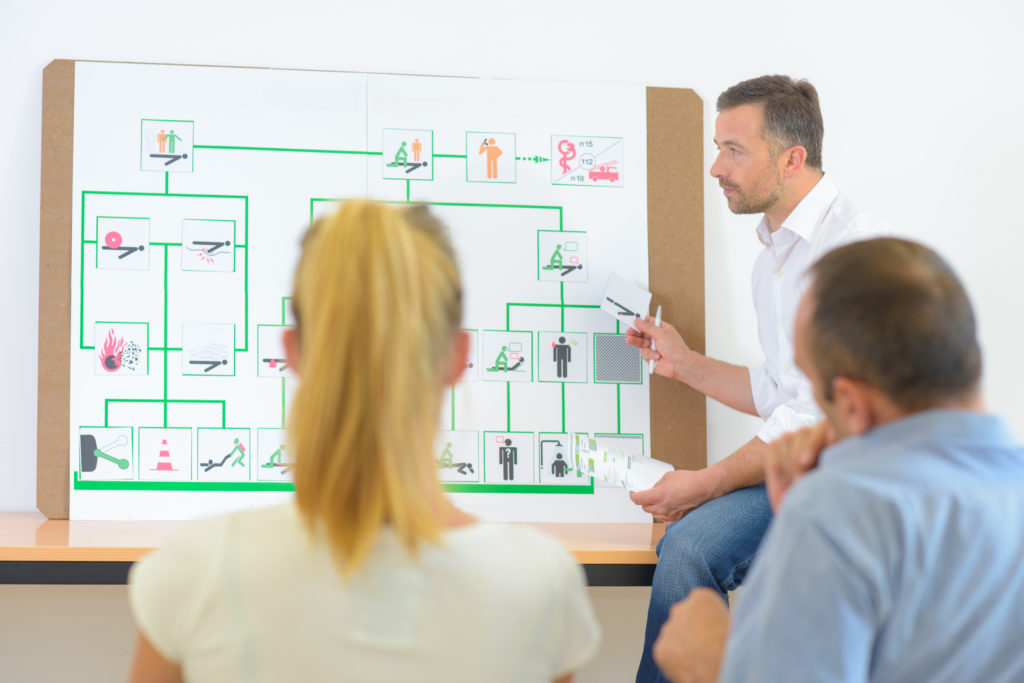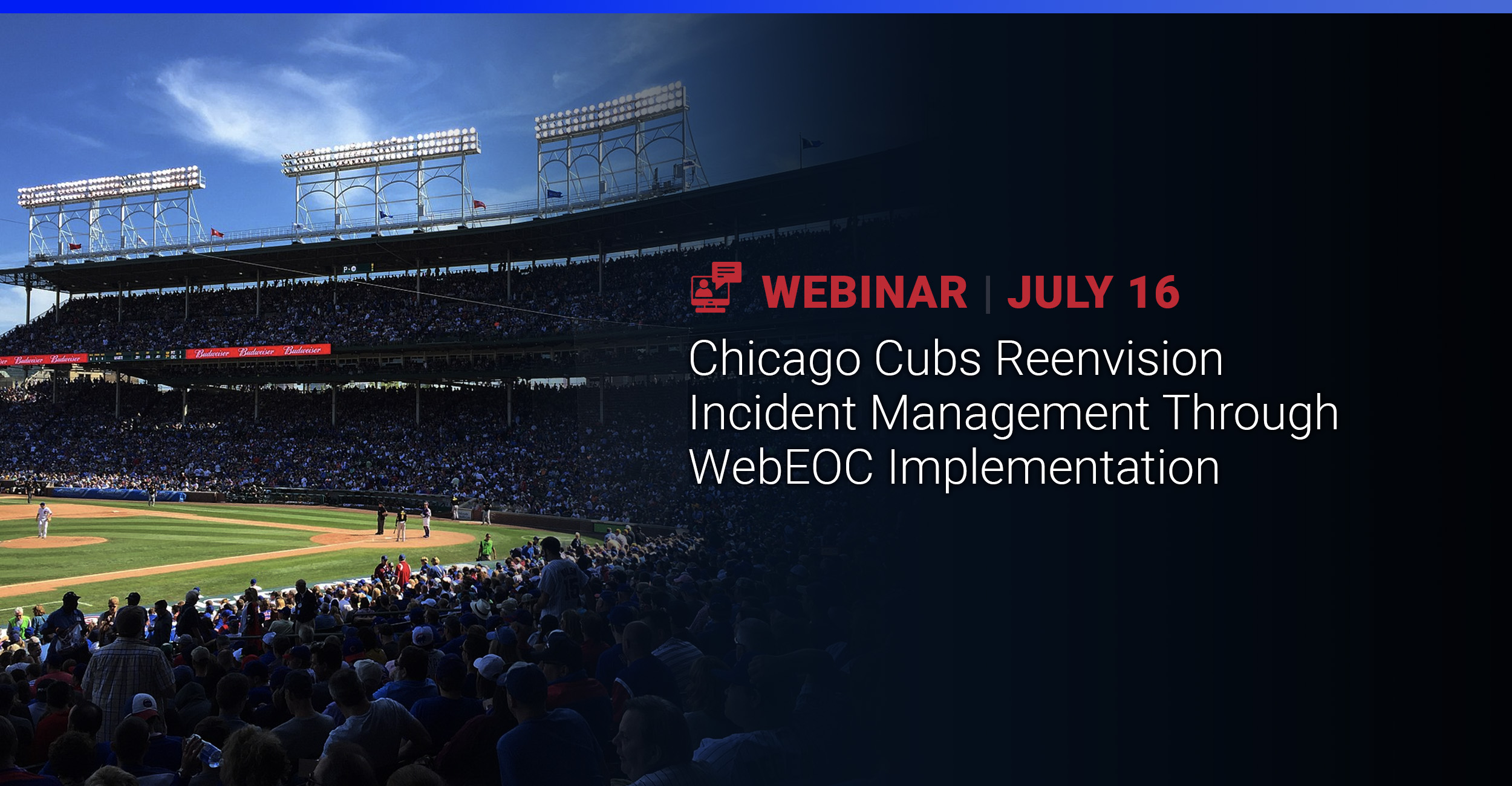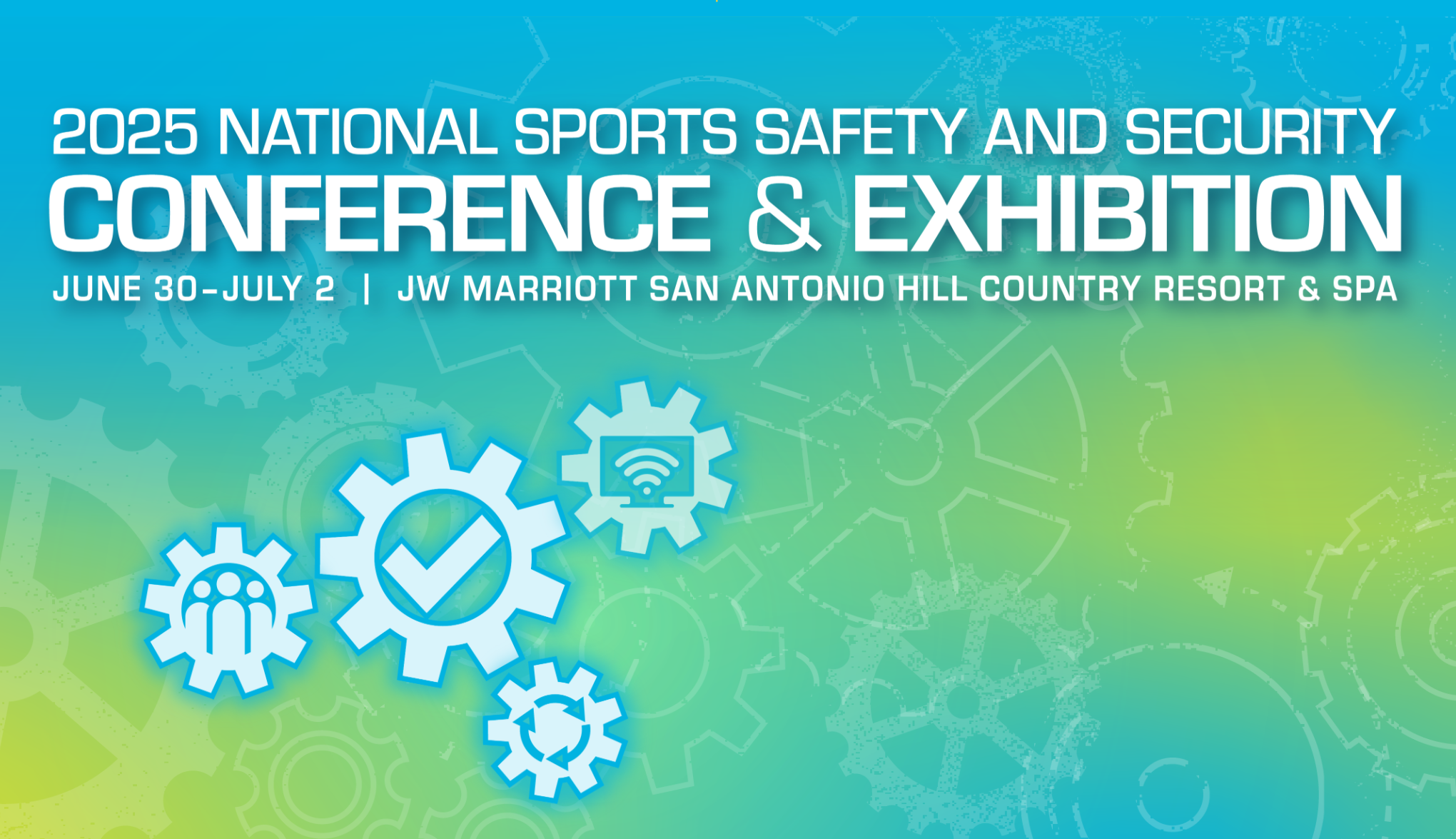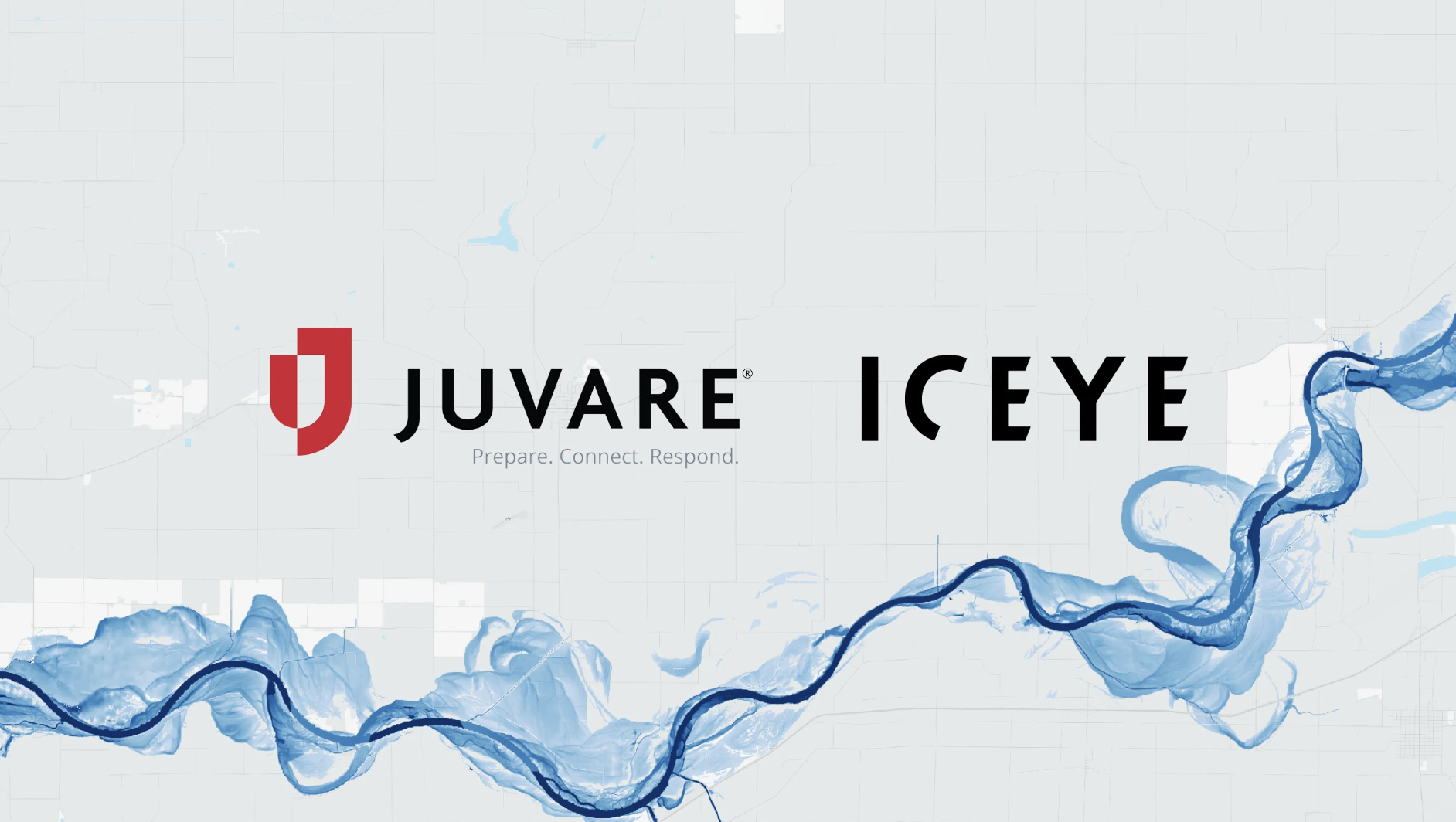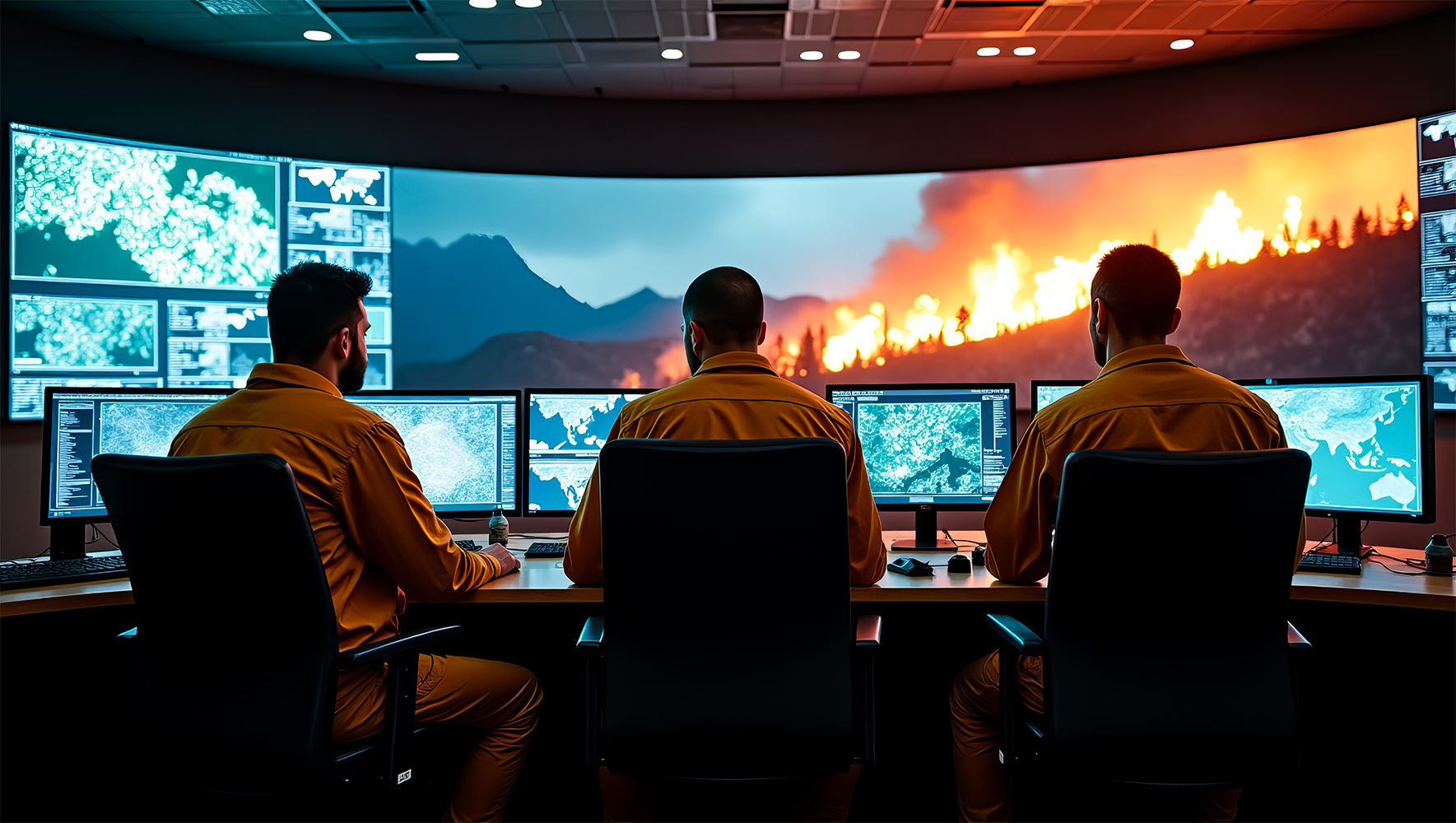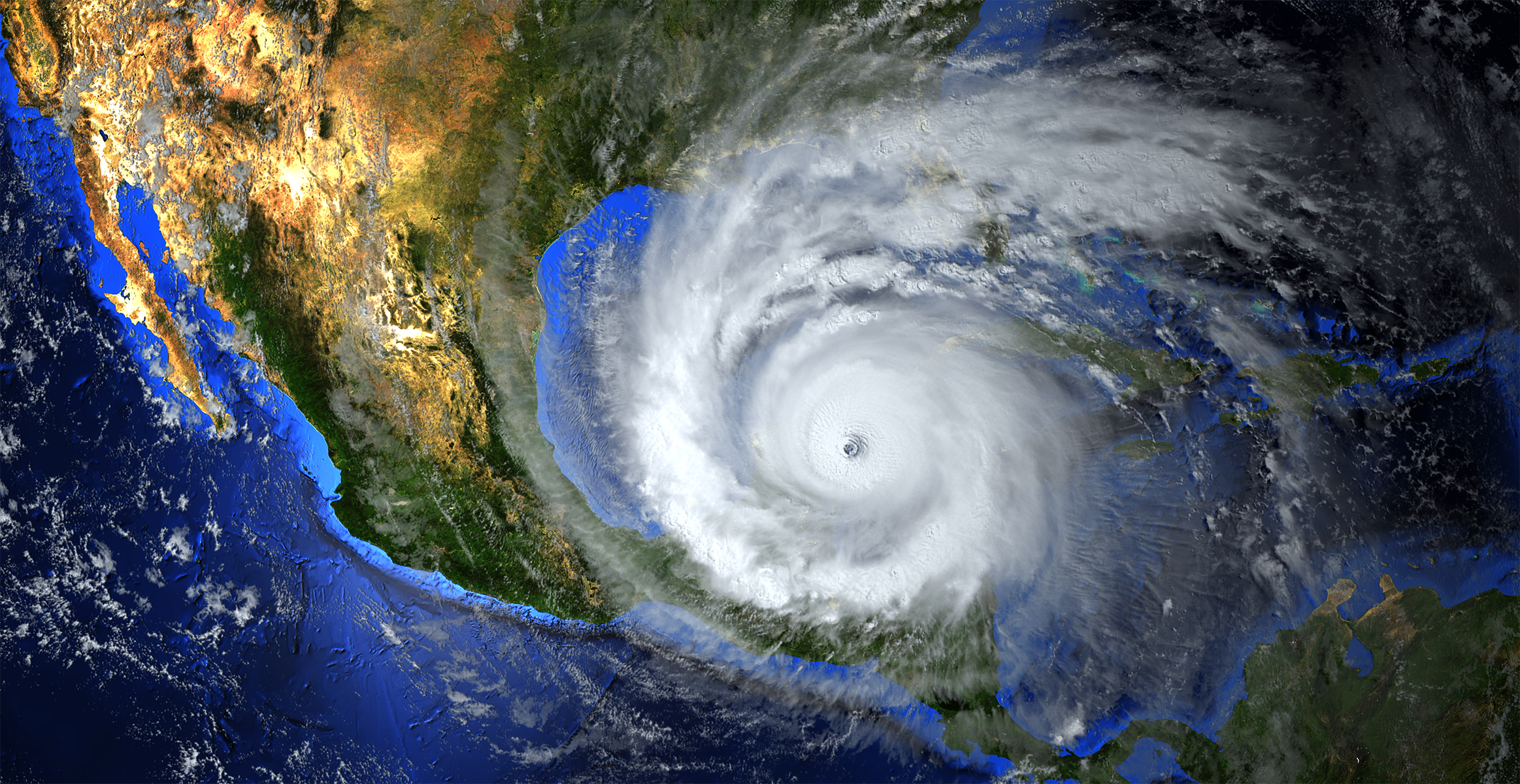Any business or voluntary agency can experience a disaster or critical incident at any time. Every organization needs an emergency response plan, and emergency response drills should have a significant role. It doesn’t matter if you have a handful of people working in one office or thousands of employees in offices across the country — it is still vital that everyone knows what to do when disaster strikes.
Planning and preparation should be a cornerstone of any emergency response plan. When faced with an emergency, panic is often the first, natural response. For the most part, this comes from fear of the unknown, of being unprepared, of not knowing what to do. Training and conducting drills go hand in hand. Both equip and empower your people with knowledge so any unknowns aren’t quite so scary — preparation so that responses are second nature, and planning so that they know exactly what to do.
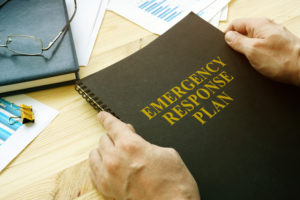
Training gives the members of your emergency response team knowledge, a drill gives them experience. When they are faced with a real disaster, they will be more comfortable and less likely to panic because they have already walked through it before. In short, they will be prepared.
These seven tips will help you conduct effective drills that will improve response time and properly prepare your team for whatever comes their way.
Drill for Various Emergencies and Incidents
Don’t ever think that a certain type of emergency can’t happen where you are. In October 2012, Hurricane Sandy hit Manhattan, New York, flooding the subway system and leaving Midtown, Long Island, and upstate New York with millions of dollars in damages. In August 2011, an extremely rare 5.8 magnitude earthquake shook a large portion of the East Coast, including Washington, DC. The Washington Monument sustained damages and across The District, damage costs ran into the tens of millions of dollars. In August 2016, Louisiana experienced historical flooding that devastated portions of the state. Areas that had never flooded in the past were completely submerged.
What’s the lesson here? These disasters occurred in areas where the general consensus was, “That can’t happen here.” They quickly learned that it could, and it did — and most were sorely unprepared.
The best thing you can do for your team is conduct drills that cover every situation, even if you don’t think it will ever happen where you are. Mother Nature is an unpredictable force, and you never truly know what she will do next. Humans are even less predictable. Prepare for the earthquakes, fires, hurricanes, tornadoes, floods, and windstorms, as well as the manmade disasters like civil unrest and active shooter situations.
Keep Your SOP and Emergency Management Protocol Current
If you don’t have a Standard Operating Procedure (SOP) for your business, you need to create one immediately. Your SOP will not only direct your team in what they should do during a disaster but also clearly outline your emergency management protocol and policies. It should be designed in such a way that anyone could pick it up and step into any of the roles to keep operations going and keep recovery efforts moving forward.
Your Emergency Management SOP is a living document. You should be reviewing and updating it regularly — at least annually. It should also be updated when you have a staff change, new team members, new vendors, additional offices, and new policies. Basically, any time that something within your organization changes that has the potential to affect your staff, student body, or operations, it needs to be updated in your SOP.
Clearly Define Objectives, Roles, and Responsibilities
Make sure that each member of your team knows what their role is in an emergency and what they are to do within that role. Each year provide them with updated copies of this information and inform them in person of any changes to their roles. They should be very clear about what they are expected to do within the capacity of their role.
For instance, there should be one person on each floor of your building or in each building who directs the flow of foot traffic during an evacuation. They will direct people to the evacuation routes and tell them where the meeting point is.
When you conduct the drill, what are your objectives? Do you want to walk through your emergency response plan? Do you want to fine-tune your emergency response protocol or improve evacuation time? Are you testing to make sure that your staff knows what to do and where they are supposed to meet when they evacuate? Do you want to test the effectiveness of your call-down list? Clearly define your objectives for the exercise and use them to improve it.
Regularly Review Your Emergency Software and Plan with Employees
Emergency plans are great because they provide step-by-step instructions for how people are to proceed during a disaster or incident. While drills give them experiential knowledge, you still have to go over the plan itself and ensure that every employee understands it.
Your emergency action plan should be incorporated into your emergency response software and your emergency response team should use it regularly. They should be able to review policy and protocol, run drills, and train all within the software. Every member of the team should have your emergency management app on their phones or digital devices and know how to access it as well as use it.
Make all your employees a part of the crisis preparation process. Use at least part of the review time to gain valuable feedback from your team and employees regarding what may need to be changed, removed, or added. In their positions, they may see situations from a different perspective. They may see that something should be done differently to be more effective. Listen with an open mind. If changes need to be made, make them. Often in disasters, lives hang in the balance.
Simulate the Crisis as Close to Reality as You Can
Try to make your simulation as close to real as possible. Do a mixture of scheduled drills and surprise drills. That way your staff can prepare for the scheduled emergency response drills and walk through the steps and other times they can test their response time with the surprise drills. Of course, different disasters will require different responses. An active shooter in your building requires a shelter in place response while a fire requires evacuation. Both of these scenarios can be simulated somewhat easily.
Hurricanes tend to have some lead time, so you have time to take appropriate action. Tornadoes do not. Typically, they have very little lead time and require sheltering in place in the center of the building away from windows. Flooding can occur very quickly and requires a fast response to get everyone to safety. After Hurricane Katrina, when the levee breached in the Ninth Ward in New Orleans, the water went from ankle deep to chest deep in less than a minute. One survivor talked of sitting at her kitchen table and feeling water on her feet, lapping at her ankles. By the time she got up from the table and walked to the window, her refrigerator had floated in front of the door and she could not get out. She had to climb on her counter and exit through the window.
Keep these things in mind when you are preparing disaster scenarios for your emergency response drill.
Conduct Emergency Response Drills on a Regular Basis – At Least Quarterly
You need to conduct drills regularly, especially if you have new employees, have added on to your building, or moved to a new location. Even if nothing has changed, by walking through the response to a disaster, you will ensure that your employees and your business are fully prepared.
It is also a good time to review your emergency response software and practice using it. Your software should have the functionality to run simulations for training and drill purposes. Use it and use it often. If you are only dusting off your software once a year, how prepared is your team likely to be when there really is a disaster? It is a good rule of thumb to run a drill at least quarterly. This keeps your policy, protocols, and software knowledge fresh in everyone’s minds.
Conduct Feedback Discussions After the Emergency Response Drill
Every emergency response drill and of course response to actual disasters should always be followed up with a roundtable discussion. Give each employee a brief survey to complete that allows them to provide feedback regarding response time, the effectiveness of the plan, things that may need to change, and other integral issues. Use that data and feedback from the round table discussion and surveys to construct a Lessons Learned Analysis or After Action Report that you can use to strengthen and improve your emergency response plan.
When a disaster happens you must act fast. Your team needs to be ready to respond at a moment’s notice and so should your emergency response software. WebEOC is the leading software in crisis and emergency management. Whether you are running an emergency response drill or it’s the real thing, our flexible, adaptable, easy to use system will improve your response time and better coordinate your efforts. Contact us today to find out how WebEOC can help your business.









